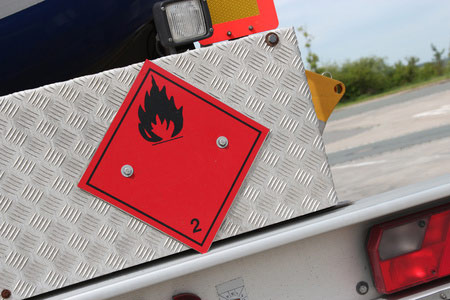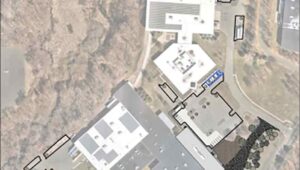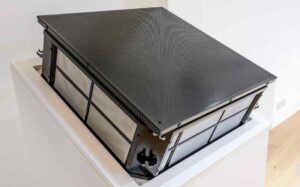Flammables study focus on A2L refrigerants
18th June 2016USA: The main focus of the $5.2m flammable refrigerants study, announced on June 2, will focus on the A2L “mildly flammables”, the Cooling Post has learned.
It has also been revealed that the majority of the new research, funded by ASHRAE, AHRI and the US Department of Energy, could be completed by the middle of next year.
Seen as part of the global effort to phase down the use of high-GWP refrigerants and identify appropriate climate-friendly alternatives, the research is designed to fill in the knowledge gaps in the safe use of flammable refrigerants and produce publicly available technical references to support codes and standards activities. Ultimately, the intention is to change the ASHRAE standards and fast-track these into the international codes.
AHRI’s research arm has identified six key research topics:
• Benchmarking risks from real-life leak and ignition testing
• Assessing flammable refrigerants’ post-ignition risk
• Determining set charge limits for various types of equipment employing flammable refrigerants
• Investigating hot surface ignition temperature for A2L refrigerants
• Creating a guide to A2L refrigerant handling and system installation and servicing
• Detecting A2L refrigerant leaks in HVACR equipment
Interviewed on Environment & Energy TV, AHRI president Stephen Yurek explained that there was both a US and global perspective on the research: “Today in our country it is not allowed to install equipment that is flammable in a residential or a commercial application,” he said. “So what we need this research to do is to give the information to the safety and building code officials so they can make changes to those codes to allow the safe use of these new refrigerants that are either slightly flammable or highly flammable.”
The research is also designed to allay the concerns of developing countries that they are being pushed into adopting flammable refrigerants without proper safety codes or building codes.
He also revealed that the majority of the research would be completed by the middle of next year, so that the code changes could be made to meet the planned Montreal Protocol amendments.
Stephen Yurek did, however, express some concern as to whether the US industry could meet all of the HFC phase-out timelines already set by its own Environmental Protection Agency (EPA).
“I think the current process that the EPA uses isn’t the most efficient process in that it uses its refrigerant approval process to determine which refrigerants can be used,” he told Environment & Energy TV. “We’d like more of a market approach, which the amendment to the Montreal Protocol would provide,” he added.
Related stories:
https://www.coolingpost.com/world-news/us-funds-5-2m-flammable-refrigerant-study/








